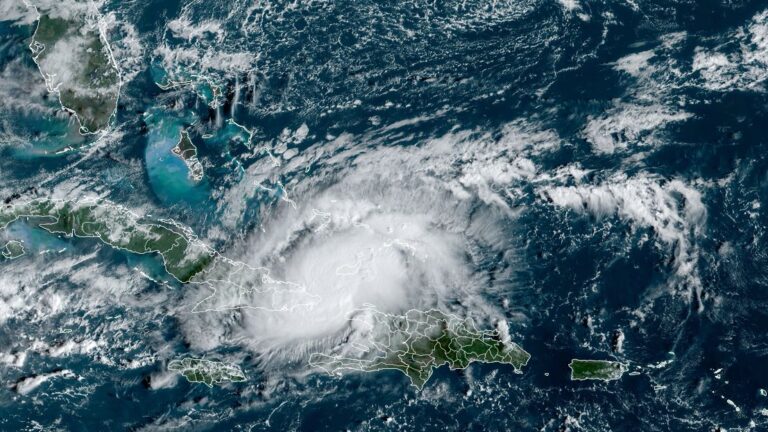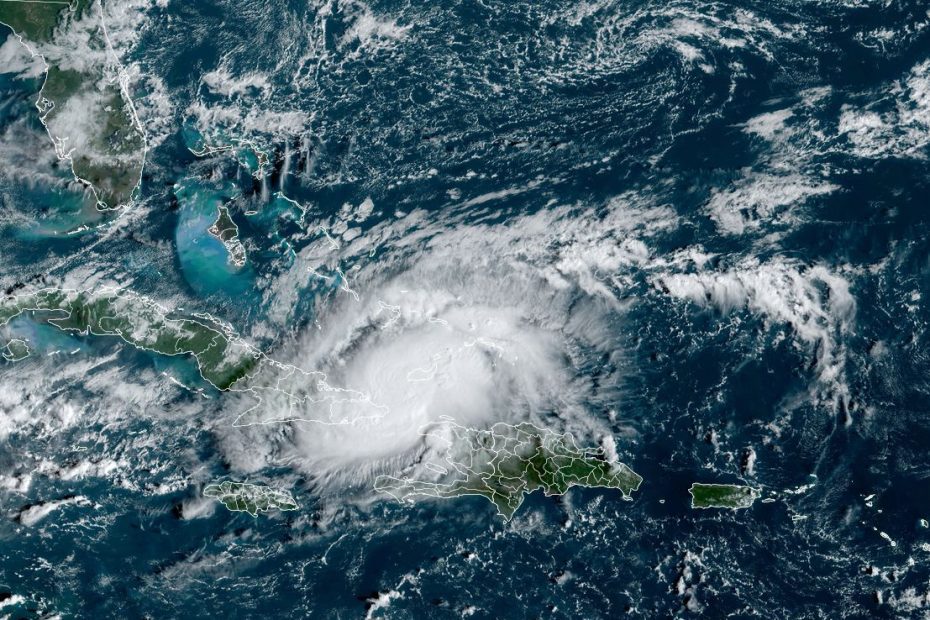
Satellites do not have the ability to measure wind speeds directly, so they make estimates based on other observable variables, using instruments such as a scatterometer. Yes, that's a real word. According to these indirect estimates, Oscar had sustained winds of between 48 mph and 63 mph (77 km per hour to 101 km per hour), which remains well below the threshold for a hurricane (74 mph, 119 km per hour).
The air force aircraft encountered sustained winds, especially in a small area, of 137 km per hour. Hence Hurricane Oscar.
How this happened
Oscar's development shocked forecasters. There was only modest indication from satellite images on Friday that something would develop; and none of the major global models indicated any kind of development. The low pressure area was thought to be swamped by vertical wind shear as it approached Cuba this weekend.
However, Oscar's small size confounded these expectations. Weather models struggle with the development of small hurricanes, and this is largely because the microphysics of the smallest storms occur below the resolution of these models. Moreover, small hurricanes organize themselves much faster and more efficiently.
In other words, small storms can more easily trigger rapid changes. That's what happened to Oscar. The storm will bring heavy rain and winds to the eastern half of Cuba on Sunday before moving northeast, and will bring rain and some storm surges to the Bahamas early next week.

